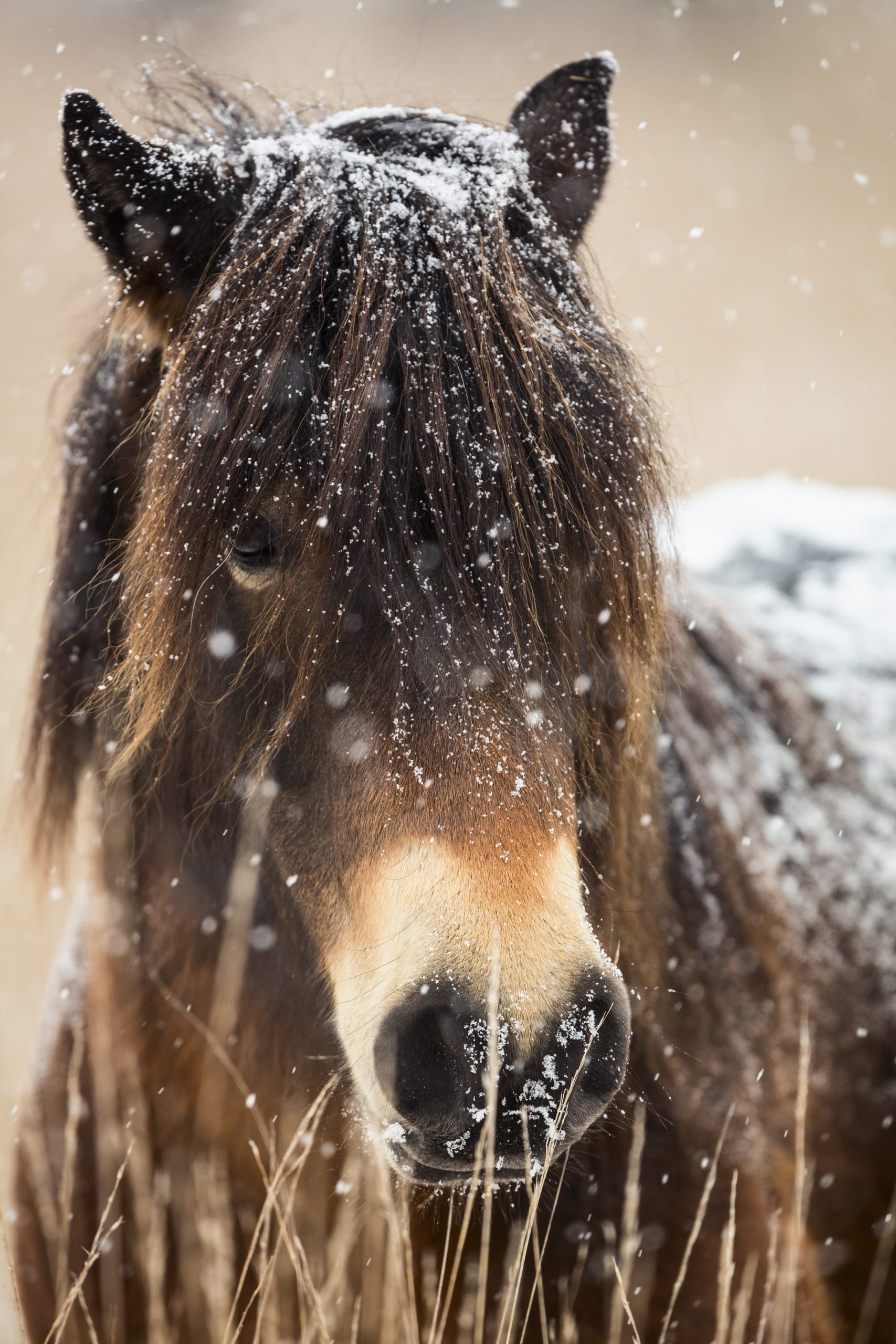Ancient roots
Text: Brigitte Billings
Native to the British Isles, the Exmoor Pony has ancient roots in the area – fossil remains of ponies have been found on Exmoor dating back to about 50,000BC. While the Exmoor is not a direct descendent of these ponies, he bears a striking resemblance to them. Historical literature puts the Pony of the Exmoors in 1086 and some still roam wild in this area.

The Exmoor almost ceased to exist after theSecond World War – reportedly due to being used for target practice when the moor became a training ground, and also being stolen for meat. Only 50 ponies survived the war; however, efforts by breeders brought them back from the brink and ongoing publicity increased their popularity.
Built to survive
The Exmoor is a small (between 11.1hh and12.3hh), stocky pony but strong for his size. He sports a deep chest, broad back and short legs with good bone. Designed for hardiness the breed has a coat which is able to withstand the cold winters of the area. Combining a woolly insulating under layer and a longer, oilier topcoat, the hairs divert water down the sides of the horse and keep the undercoat from becoming waterlogged. The thick mane and tail also deflect moisture – coarse hair at the dock of the tail, also called a ‘frost cap’, causes rain to run to the ground without reaching the groin or underbelly.

The ponies are almost always a shade of brown with lighter markings, called pangare, around the eyes, muzzle, flanks and underbelly. The studbook does not allow white markings. This uniformity of colour, along with sturdiness, has made the breed popular with carriage enthusiasts. While in the past Exmoors were used as pit ponies, modern fans use them for showing, long distance riding and horse agility, which is an international discipline similar to dog agility. The herds are also used to maintain vegetation on nature reserves.
Status
The Exmoor appears on various rare breed lists including the Rare Breeds Survival Trust, the Livestock Conservancy and the Equus Survival Trust which has listed the breed as ‘critical’ – meaning that there are estimated to be 100 to 300 active adult breeding mares in the world. Statistics in 2010 put the population at 800 ponies worldwide.



